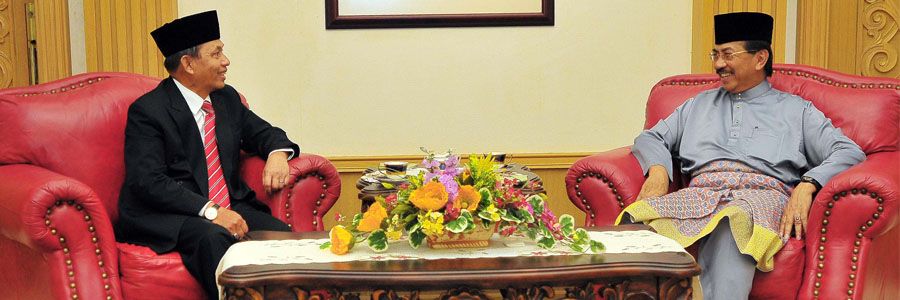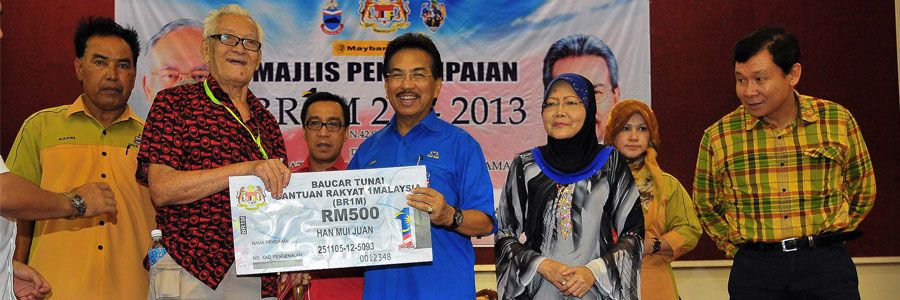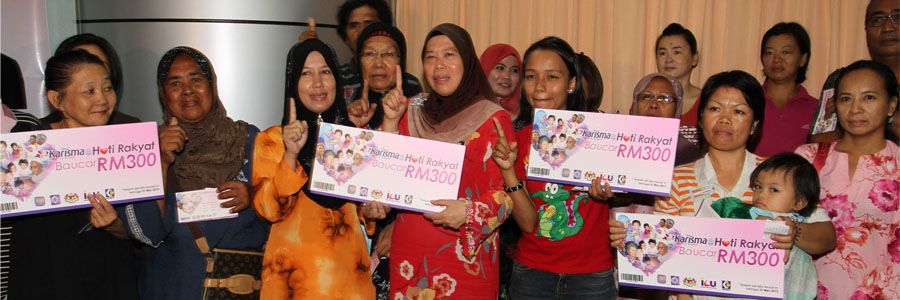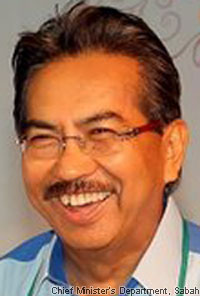Everyone has their own opinion on how to view poverty in Sabah. Some like to generalize their opinion based on what they hear and see. Some makes the assumption that Sabah is poor after going to one or two 'Kampongs' that has several dilapidated house, without realizing that the occupants has a huge EPF & KWSP savings!!
The Prime Minister himself has declared that Sabah is not the poorest states in Malaysia anymore. While some argues that Najib's statement was merely meant to instill the 'feel good' effect among Sabahan, i think Najib had a point there. As the Prime Minister, he should had the access to all the information and statistic related to the states. It is possible that he made the statement based on the information he gathered before he came to Sabah.
So it's official, we are not the poorest states anymore!!
------------------------------------------------------------------------------------------------------
Poverty tag belies Sabah’s riches
Najib debunks poorest state stigma; Sabah is 6th richest in Malaysia
Prime minister Najib Razak is right. Look around Sabah and you see riches everywhere, even in the remotest village where he went yesterday. Kampung Nala, in Tunku, about 60km (37.5 miles) from Lahad Datu, deep in the eastern side of Sabah, was a mangrove swamp. Today, it is a vibrant rich village with clean piped water, electricity and modern amenities. The houses there fetch about 60,000 ringgit ($19,700) each. Sabah, said Najib, is not the poorest state.
 |
| Datuk Seri Najib Razak |
In fact, Sabah’s gross domestic product (GDP) in 2010 was 31.6 billion ringgit, making it the sixth richest in Malaysia just behind Penang and ahead of Perak on peninsular Malaysia. Najib said there were only 7,000 poor people, down from 30,000. He did not give a date for the figure but said probably 70% of the people could be said to be poor before Sabah became part of Malaysia in 1963. Sabah then had a population of about 600,000.
 |
| Kota Kinabalu City |
Many of the 3.2m people who live in rural Sabah have benefited from the government’s mini estate programme (mesej) where they are given land to develop cash crops such as oil palms and rubber.
In Nala alone, according to Najib, the Federal Land Development Authority (Felda) has spent 22m ringgit on its development. Felda also gives 50m ringgit a year to the Sabah government for such socio-economic programmes to bring wealth to villagers.
Najib said 15,455 houses and 458km of roads were being built in rural Sabah this year and 68,000 village homes would get piped water. These projects are the result of close ties between the Sabah and federal governments, he added.
 |
| Tan Chong Motor Holdings Berhad |
Read More: http://insightsabah.gov.my/article/read/1704





















